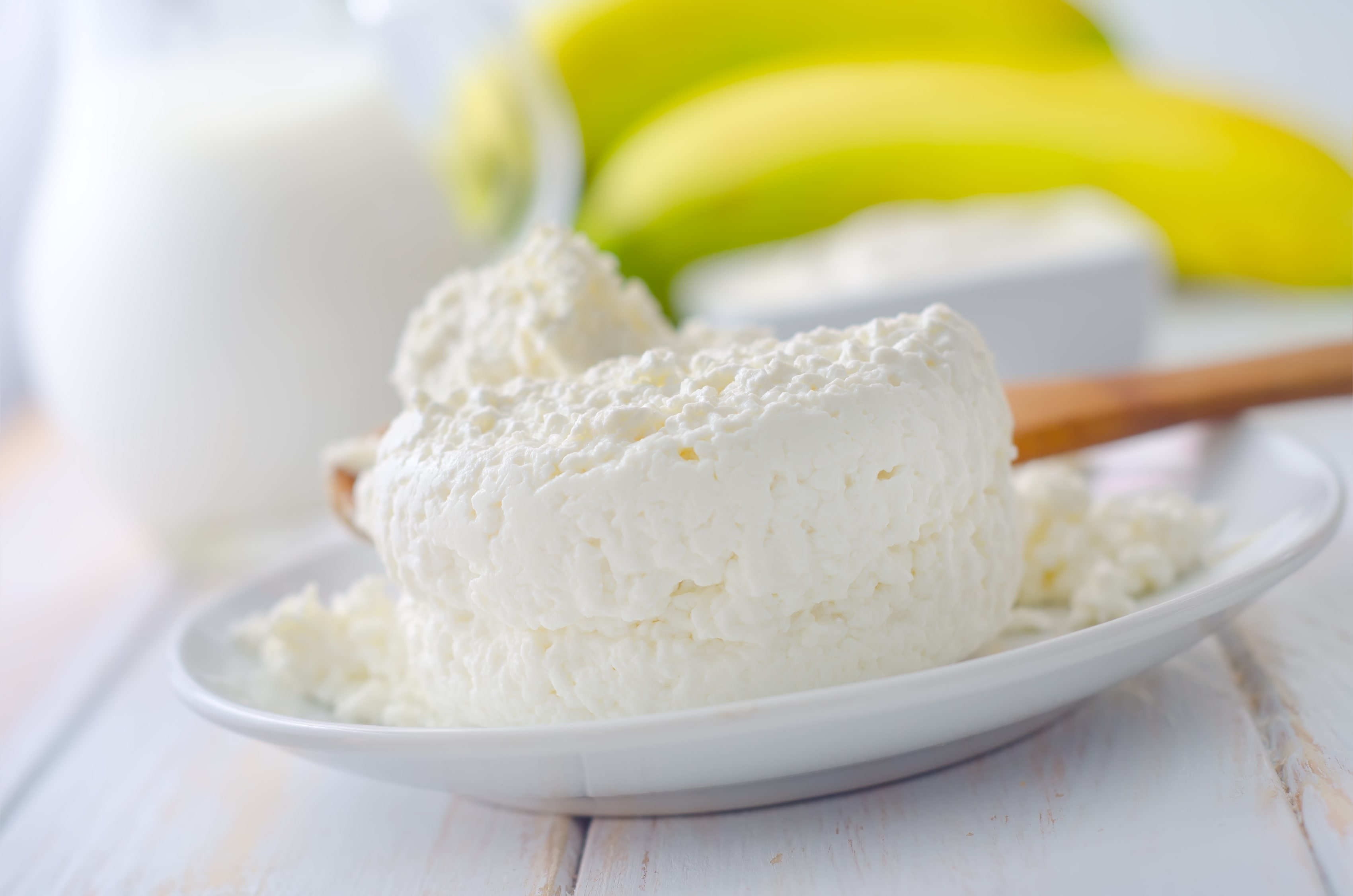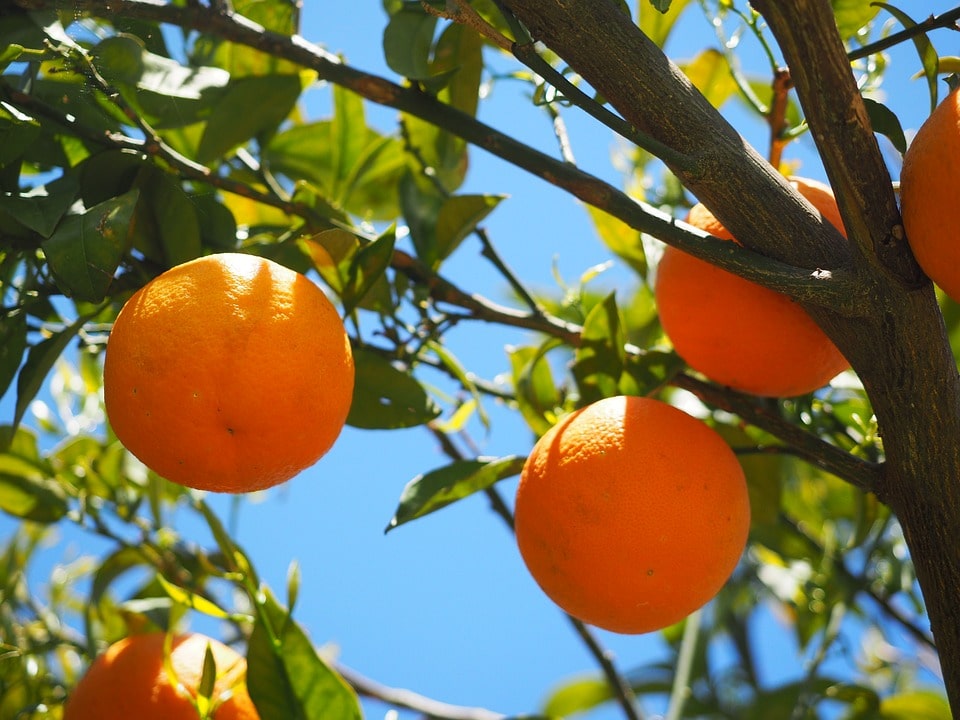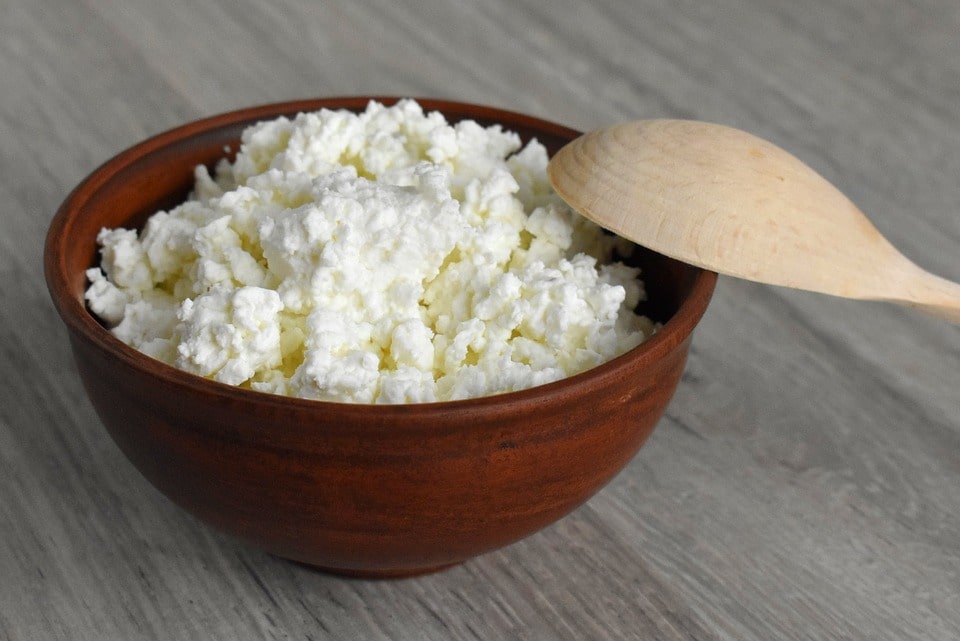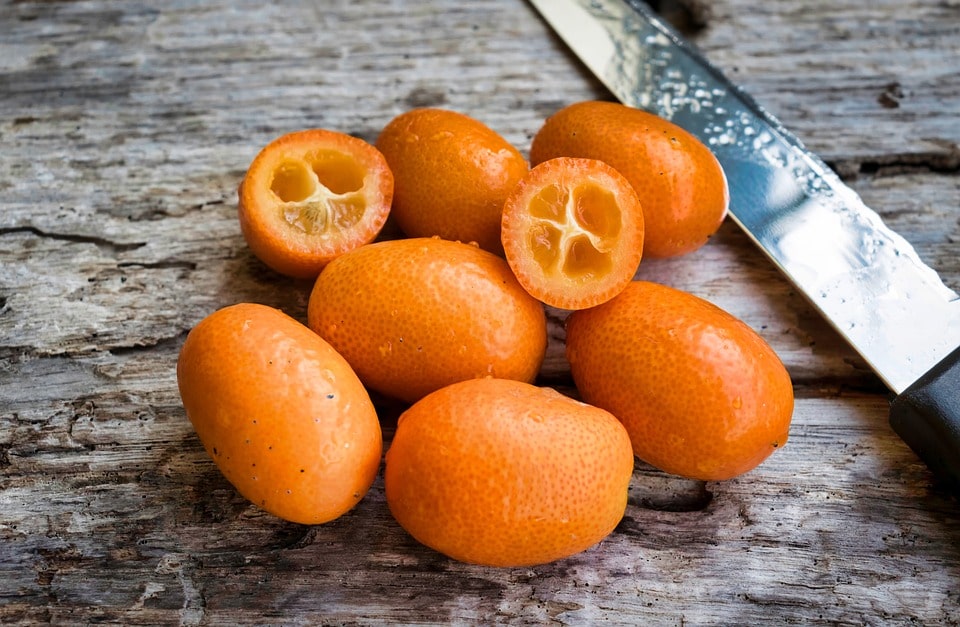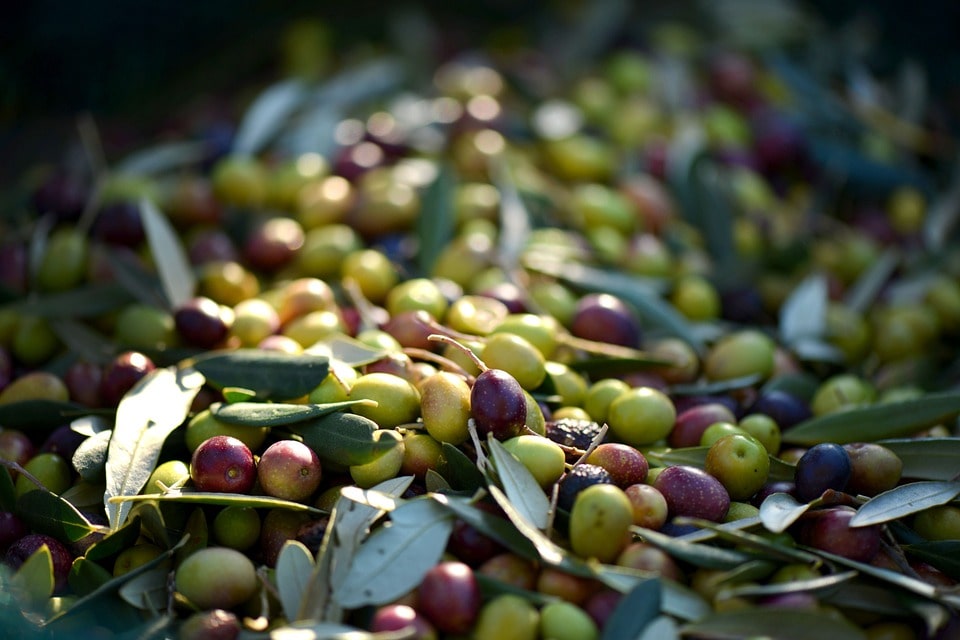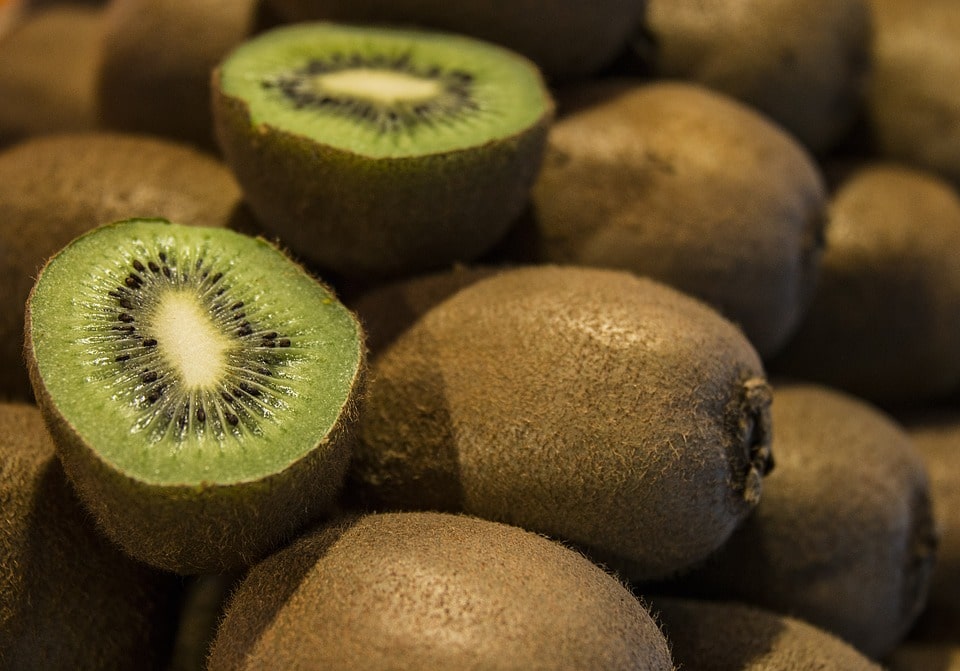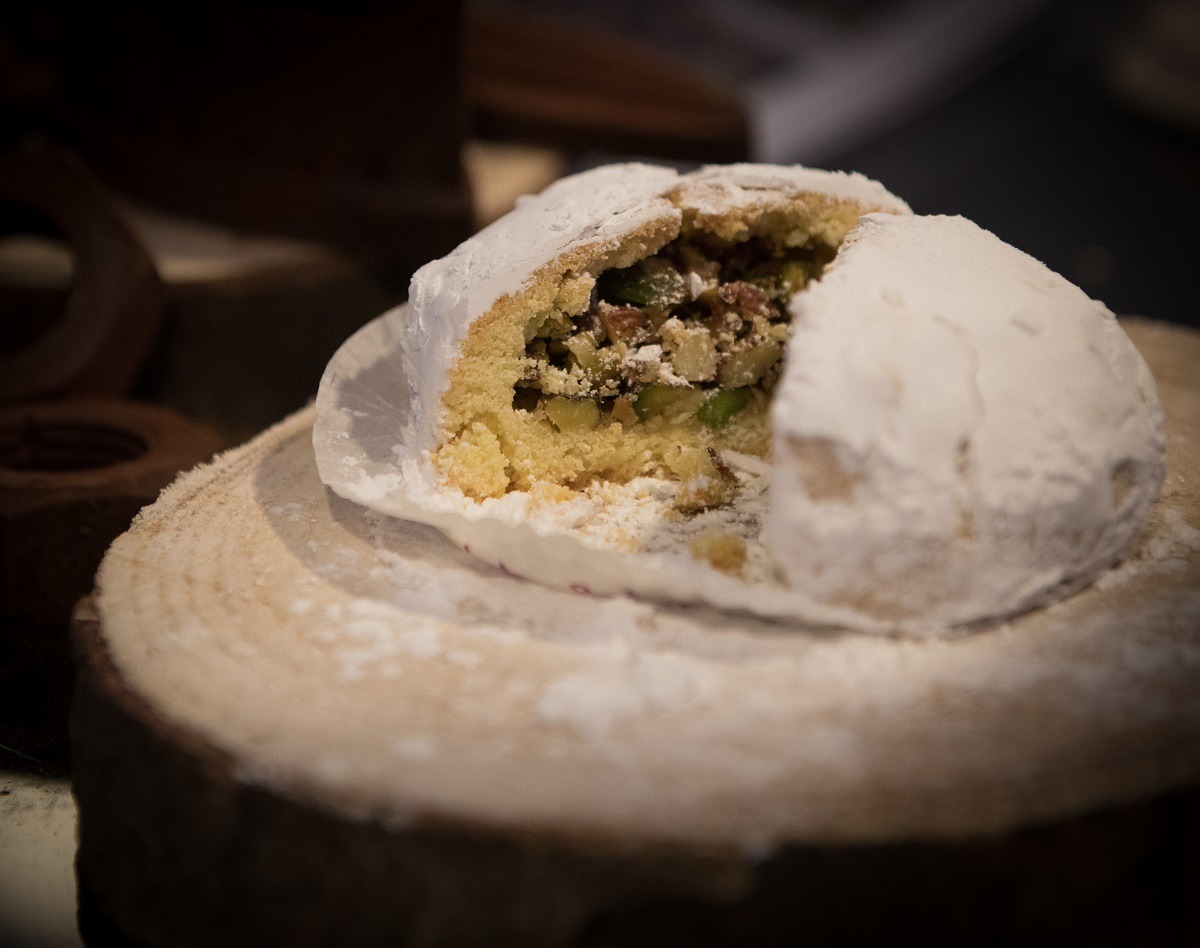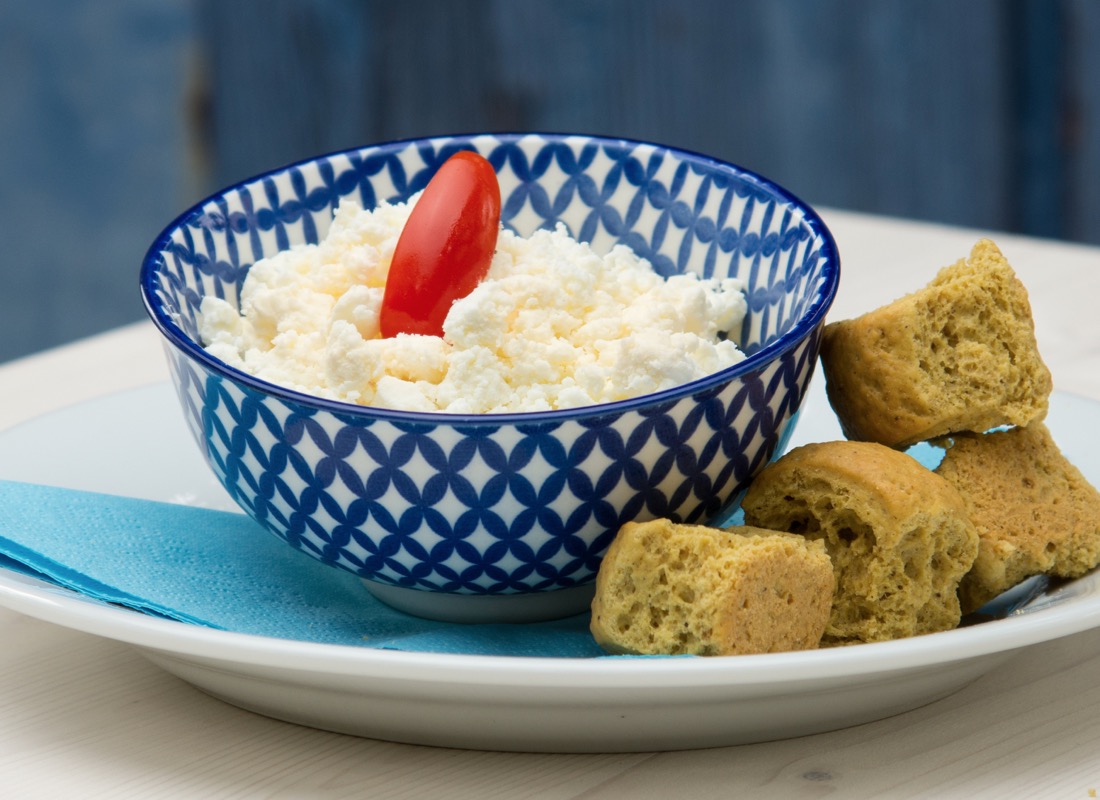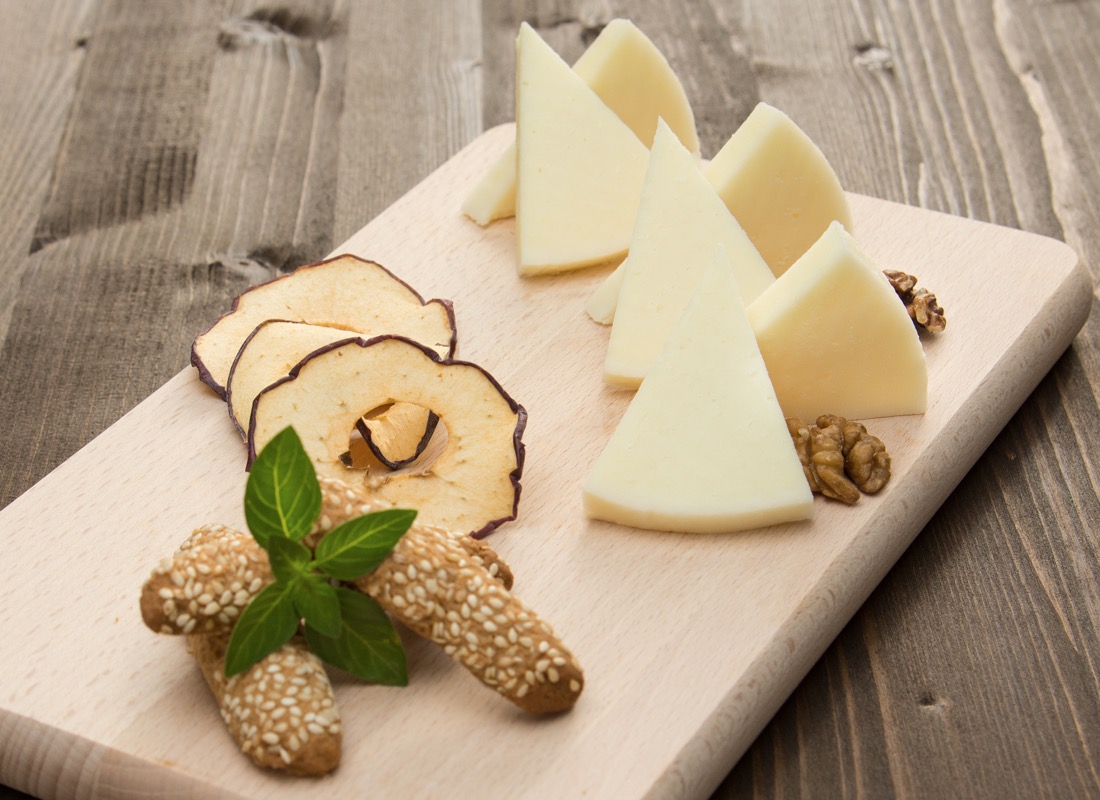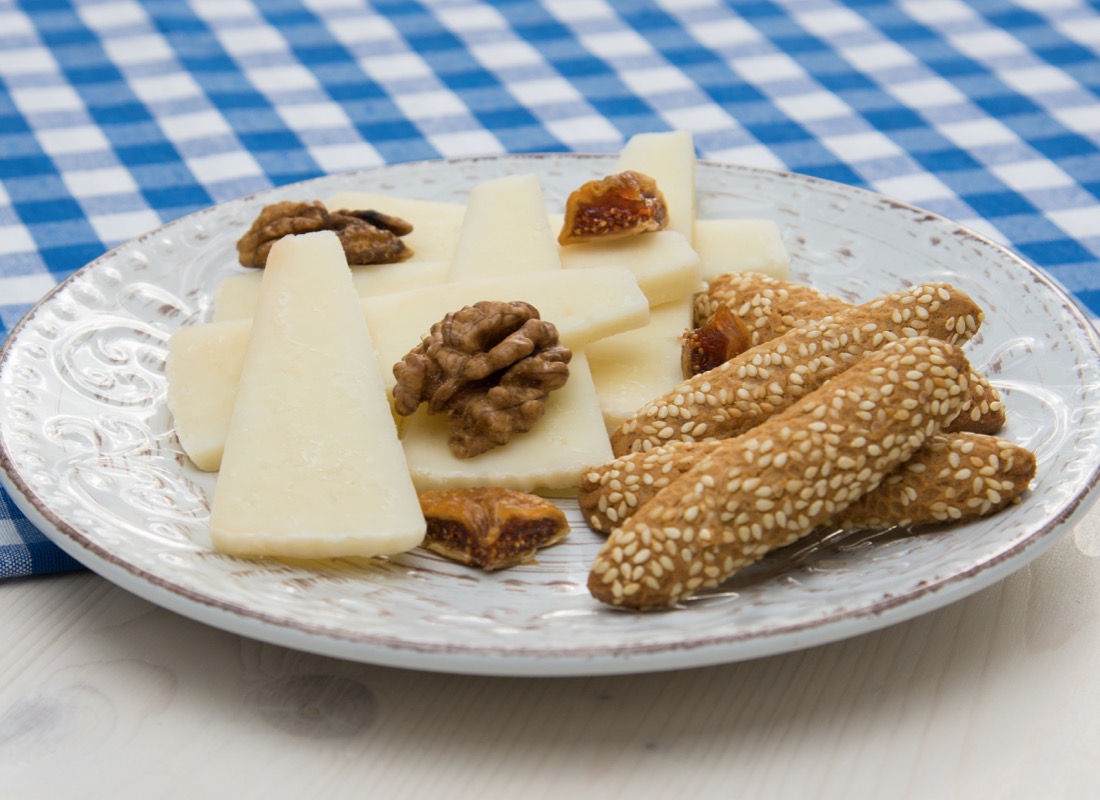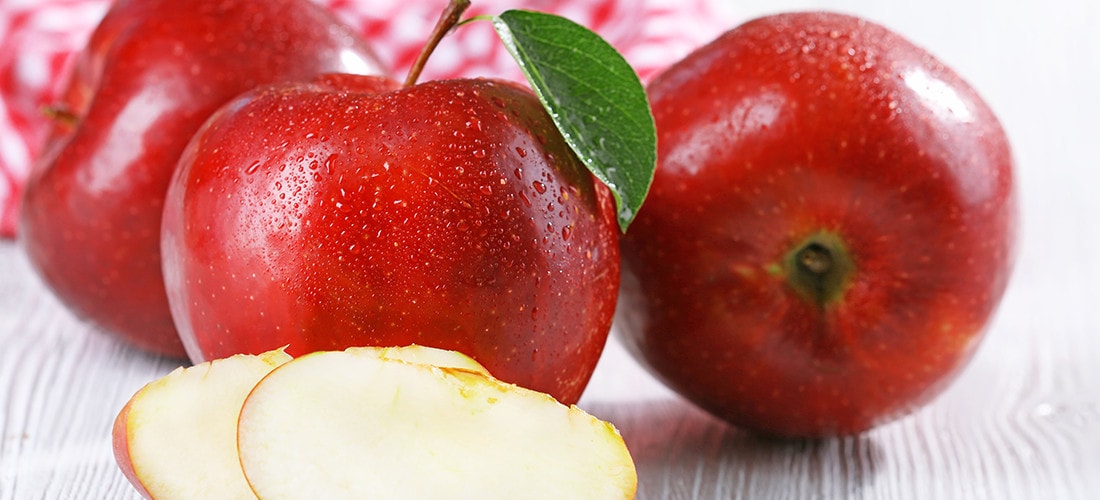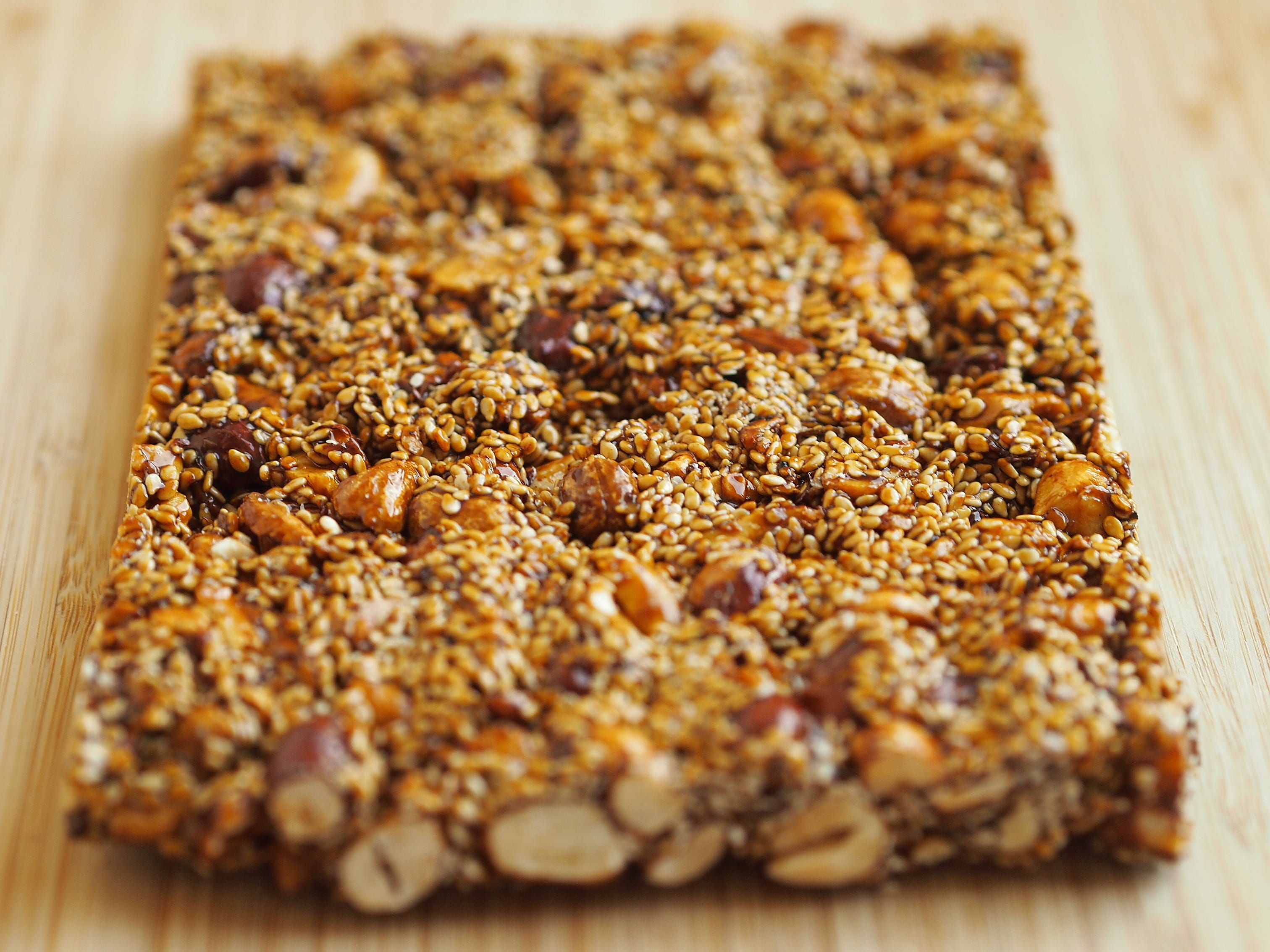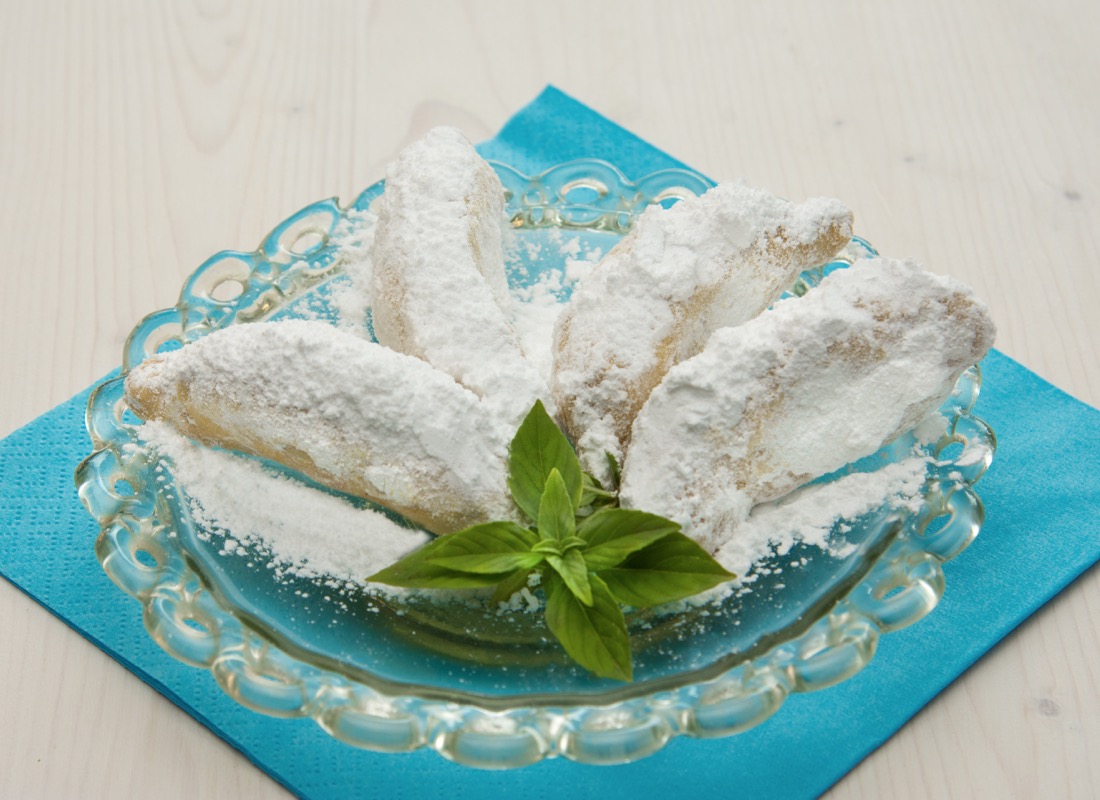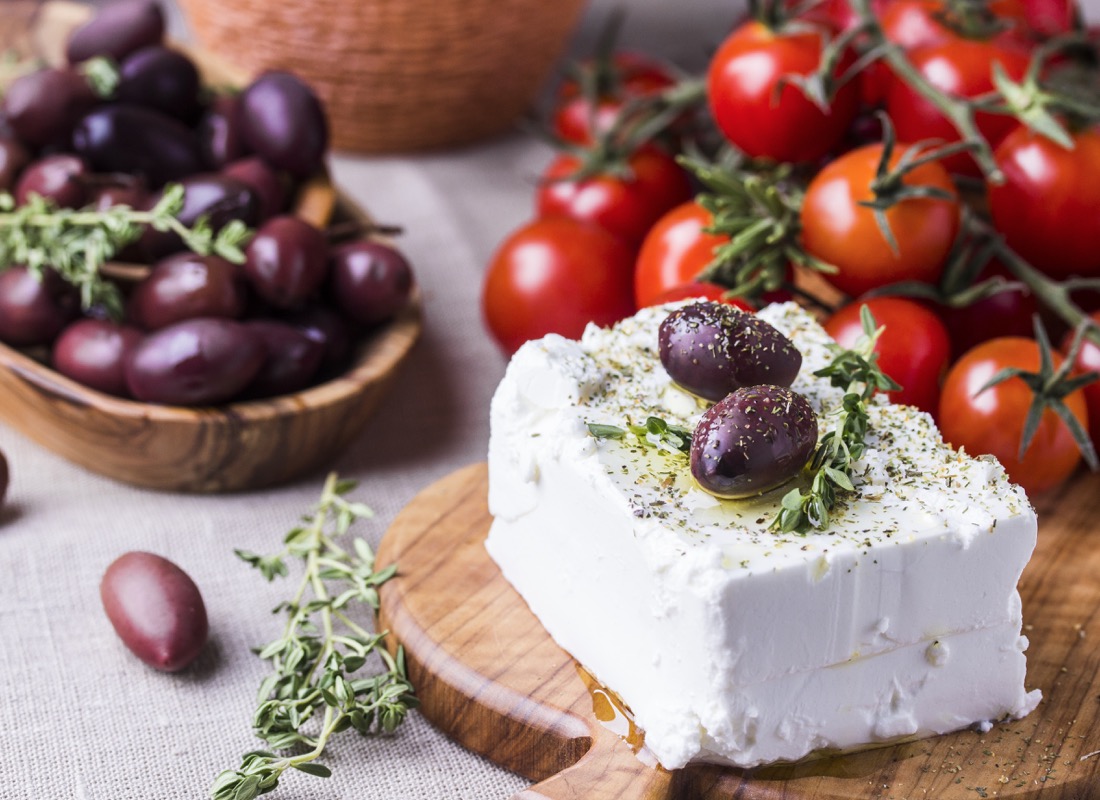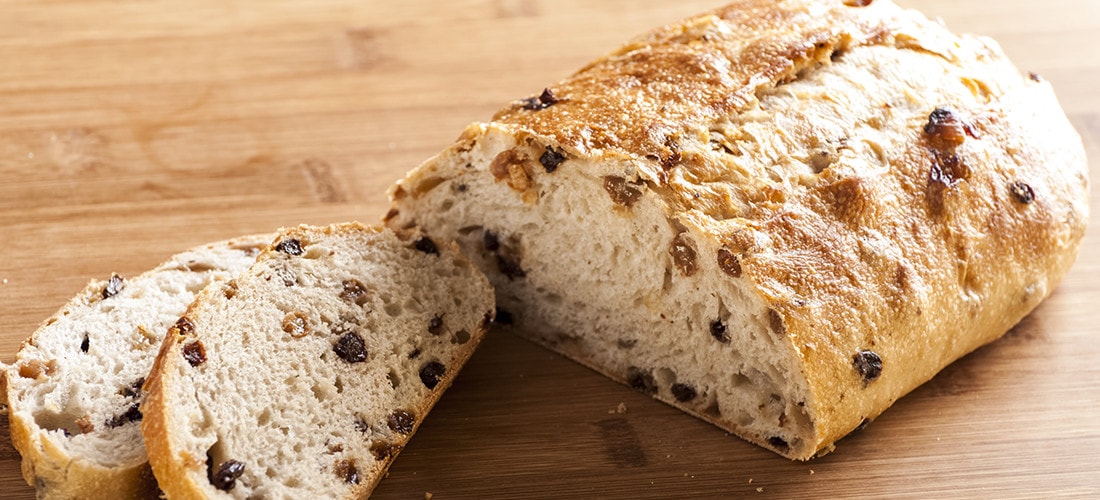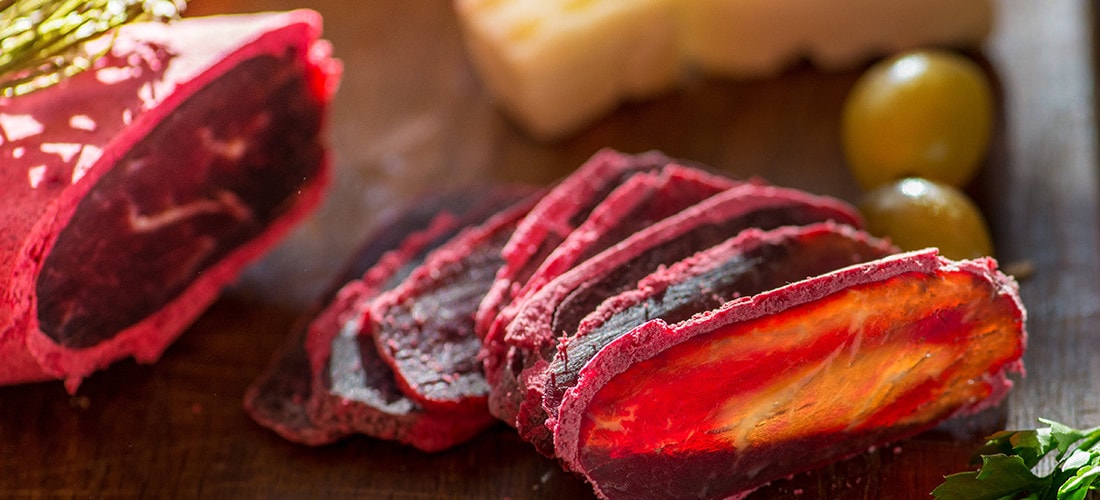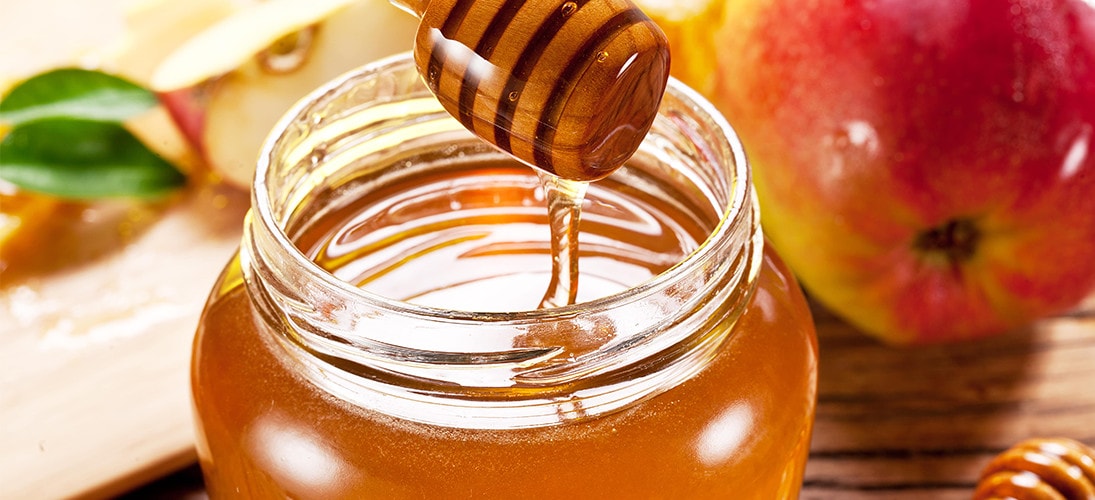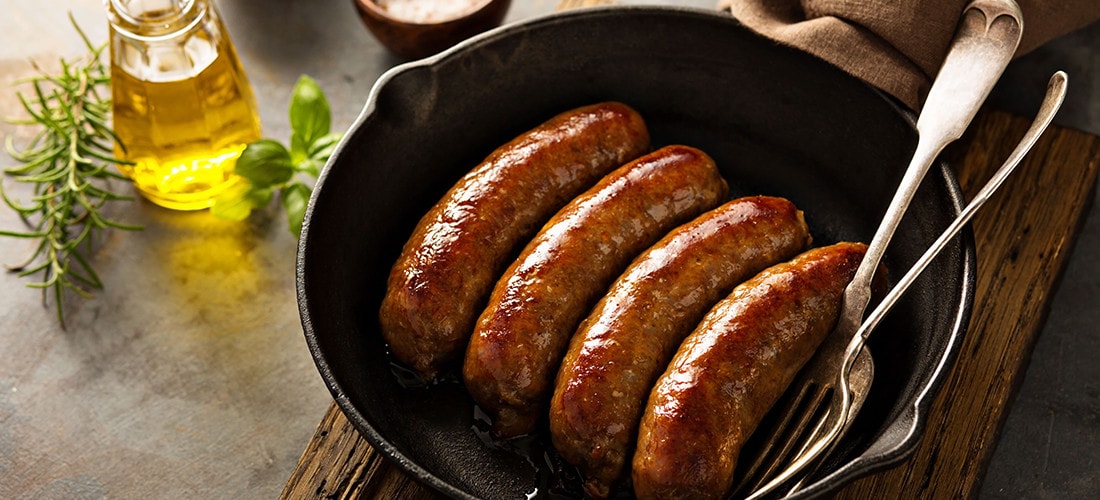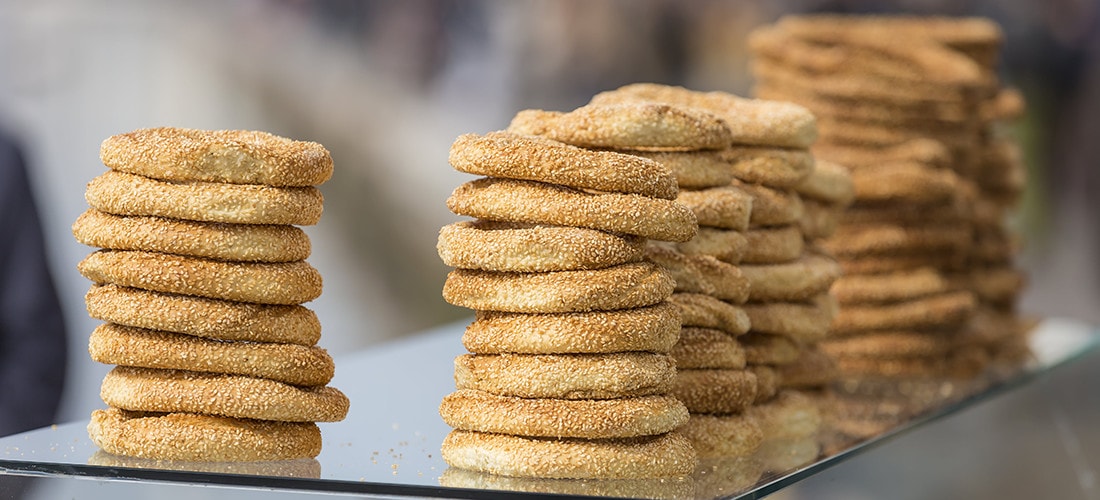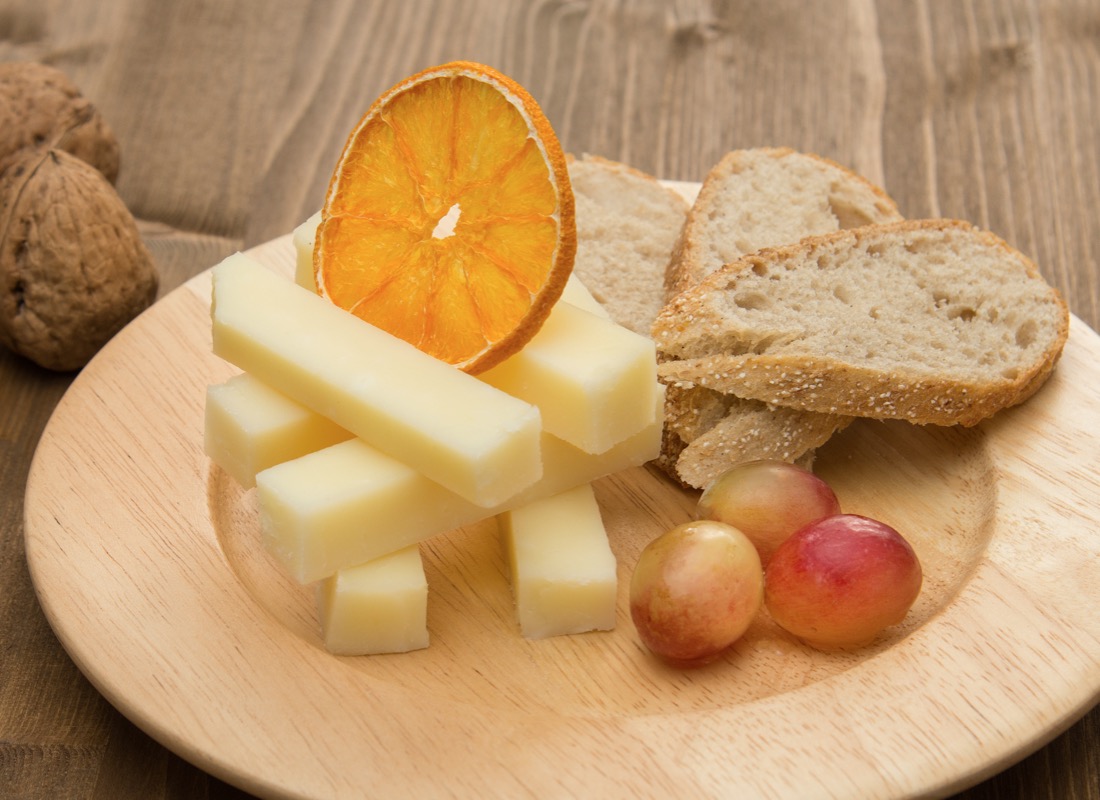Pichtogalo Chanion PDO
Pichtogalo Chanion (also known as Chaniotiki Myzithra or Galomyzithra) is a Cretan xinomyzithra made from fresh milk (goat or sheep milk or a combination of both). It differs from other similar types of cheese as it is produced directly from milk and not from whey. It is a soft and spreadable cheese, exclusively produced in the Region of Chania. It has mainly a white color, fresh taste, no holes and a special aroma, which is similar to yogurt. It has been certified as a product of Protected Designation of Origin (PDO) since 1994. It is used in various traditional recipes … Read more
